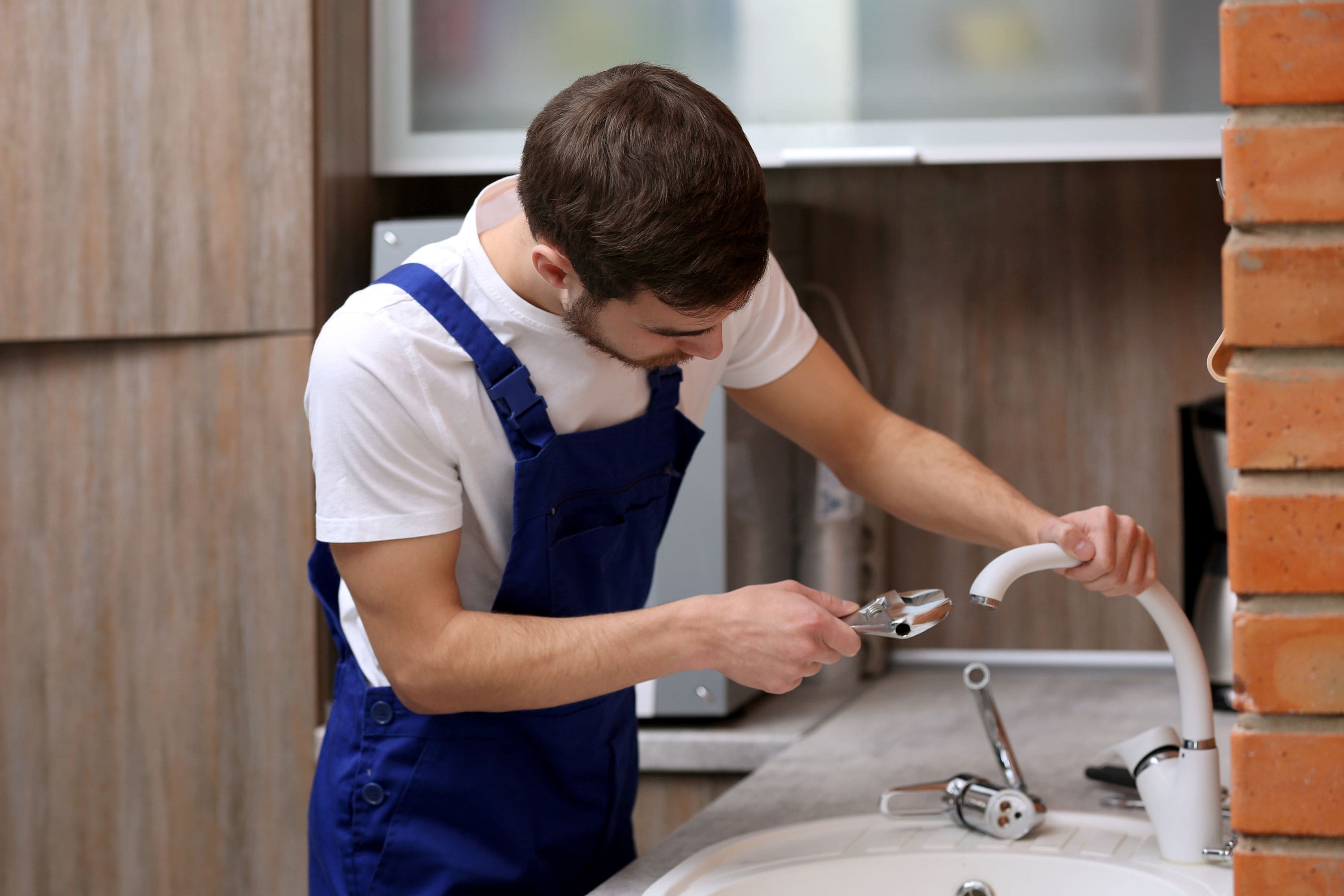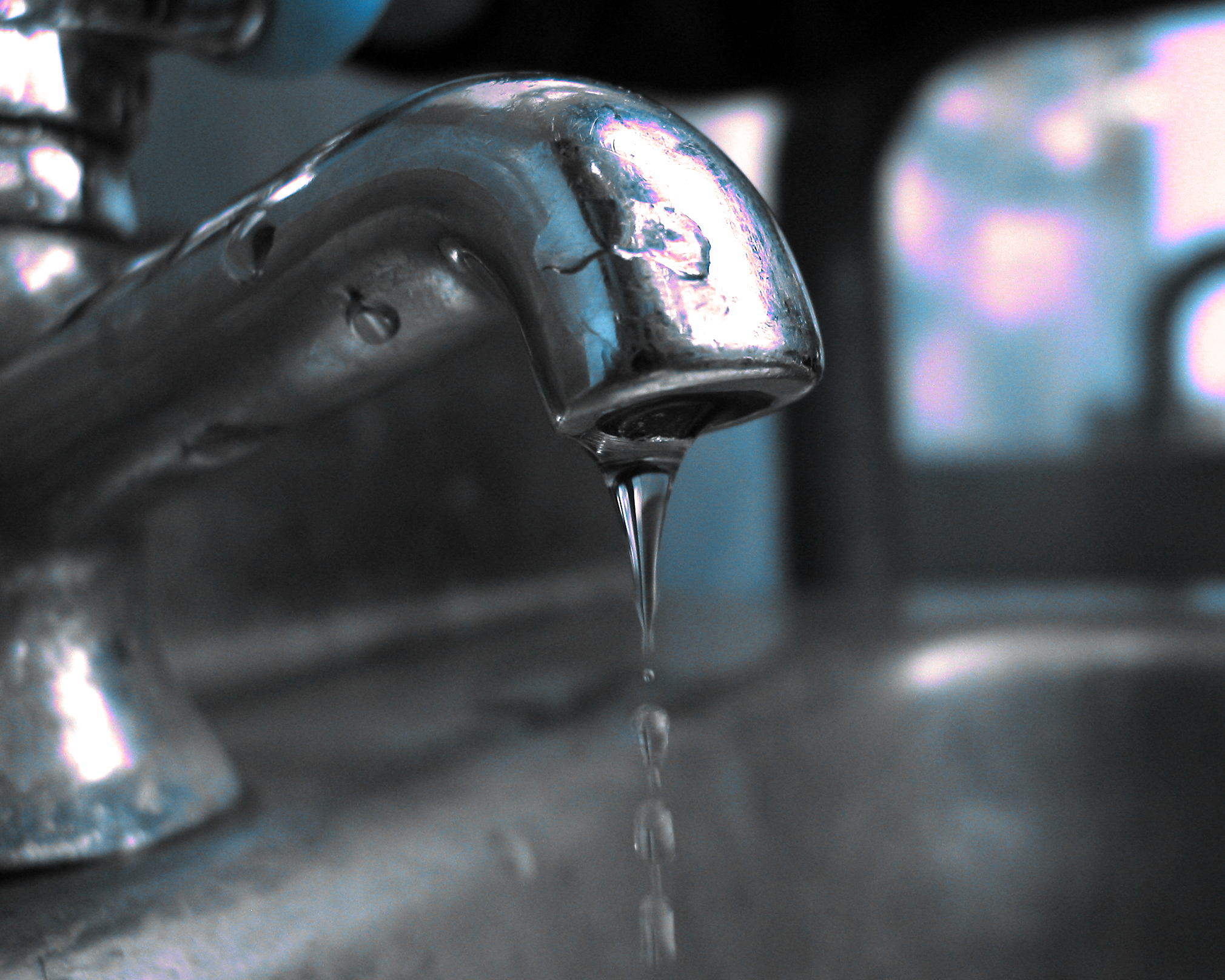What're your ideas with regards to Why It's Important to Fix Leaky Faucets?

Dripping faucets could appear like a minor hassle, but their influence surpasses just the annoyance of the sound. From wasting water to incurring unneeded economic costs and health dangers, neglecting a trickling tap can result in numerous effects. In this short article, we'll delve into why it's critical to address this usual house concern without delay and successfully.
Waste of Water
Ecological Effect
Dripping taps add substantially to water waste. According to the Environmental Protection Agency (EPA), a single tap trickling at one drip per second can squander greater than 3,000 gallons of water each year. This not only pressures water sources but also affects communities and wildlife based on them.
Financial Expenses
Enhanced Water Bills
Past the environmental effect, trickling faucets can pump up water costs considerably. The gathered wastage in time equates right into greater utility costs, which could have been stayed clear of with timely repair services.
Possible Building Damage
Additionally, long term dripping can lead to harm to fixtures and surface areas surrounding the tap. Water build-up can create staining, corrosion, and also structural issues if left ignored, resulting in added repair expenses.
Health and wellness Problems
Mold and Mildew Growth
The continuous presence of wetness from a leaking faucet creates an optimal atmosphere for mold and mold development. These fungis not just endanger indoor air high quality yet additionally pose wellness dangers, particularly for people with respiratory problems or allergic reactions.
Waterborne Illness
Stagnant water in leaking faucets can become a breeding ground for germs and various other microorganisms, enhancing the danger of waterborne diseases. Pollutants such as Legionella bacteria prosper in stationary water, possibly resulting in major ailments when ingested or inhaled.
Do it yourself vs. Specialist Repair work
Pros and Cons of DIY Fixing
While some may try to repair a trickling faucet themselves, DIY repair work feature their very own set of obstacles. Without correct expertise and tools, do it yourself efforts can exacerbate the concern or bring about incomplete repair work, extending the problem.
Advantages of Working With an Expert Plumber
Employing a specialist plumber makes certain that the underlying source of the dripping tap is resolved effectively. Plumbing technicians have the knowledge and tools to detect and fix faucet issues efficiently, saving time and decreasing the threat of additional damage.
Step-by-Step Overview to Taking Care Of a Dripping Faucet
Devices Called for
Before trying to take care of a leaking tap, collect the required devices, including an adjustable wrench, screwdrivers, replacement components (such as washers or cartridges), and plumber's tape.
Usual Faucet Issues and Their Solutions
Recognize the type of tap and the specific concern causing the drip. Typical problems include damaged washing machines, corroded shutoff seats, or malfunctioning O-rings. Describe maker guidelines or on-line tutorials for detailed support on repair services.
Preventive Measures
Normal Maintenance Tips
To prevent trickling faucets, carry out regular maintenance such as cleaning aerators, checking for leakages, and replacing damaged parts without delay. Furthermore, take into consideration installing water-saving gadgets or updating to extra efficient fixtures.
Value of Prompt Fixes
Addressing trickling faucets as quickly as they're noticed avoids additional water waste and prospective damage, eventually saving both water and money in the long run.
Influence On Residential Or Commercial Property Value
Assumption of Well-Maintained Property
Keeping a residential property in good condition, consisting of attending to maintenance issues like dripping taps, boosts its viewed value and charm among potential customers or occupants.
Influence on Resale Value
Characteristics with well-kept plumbing components, consisting of faucets, command higher resale values in the property market. Addressing leaking faucets can add to a favorable impression during residential property examinations and arrangements.
Ecological Responsibility
Individual Contribution to Preservation
Taking duty for taking care of leaking faucets lines up with wider efforts toward water preservation and ecological sustainability. Every person's actions collectively make a significant influence on protecting valuable resources.
Sustainable Living Practices
By focusing on timely repairs and taking on water-saving routines, individuals contribute to lasting living practices that profit both existing and future generations.
Conclusion
Resolving a dripping tap surpasses simple convenience; it's an important action toward saving water, lowering monetary expenses, and guarding health and property. Whether through do it yourself repair work or expert aid, taking action to repair leaking faucets is a little yet impactful method to promote accountable stewardship of resources and contribute to a healthier, much more sustainable future.
How to Fix a Dripping or Leaky Faucet
A leaking faucet is one of the most common problems that homeowners encounter, but it being commonplace doesn’t make it any less annoying. The constant drip drip drip of a leaking bathtub faucet, showerhead, or sink tap can disturb your home’s serenity. Left neglected, a dripping faucet can also result in higher water bills and discoloration or mold growth in your sink or plumbing fixtures.
Fortunately, you don’t have to be a trained plumber to know how to stop a dripping faucet. With some basic tools, replacement parts, and a little patience, leaky faucet repair is a breeze. In this article, we’ll explain what causes dripping faucets and how you can fix them.
What Causes a Leaking Faucet?
Kitchen and bathroom faucets come in all manner of designs, but most involve some combination of valves, O-rings, seals, and washers. The O-ring is usually the weakest link, but any one of these pieces can wear down over time. Heat, moisture, temperature fluctuations, minerals, mold, and movement can contribute to warping and corrosion, breaking the watertight seal. This just comes with the territory of being a homeowner. Everything is always subject to wear and tear, and some component parts of your appliances and fixtures need to be replaced on occasion. At least replacement O-rings are cheap!
More rarely, dripping faucets can be a symptom of excessively high water pressure. Were this the case in your home, you would probably notice that the leak is not isolated to one faucet. Water pressure issues are harder to resolve on your own. We recommend contacting a professional plumber if you suspect your water pressure is too high.
How to Fix a Dripping Faucet
Pipe wrench or monkey wrench Allen wrench set Screwdrivers Old towel or rag Shut off the water.
Before you do anything, you need to turn off the water to keep from drenching your kitchen or bathroom. You should find a valve under the sink and against the wall. Once you’ve turned this valve, try turning the faucet on to confirm that the water source has been cut off.
If you can’t locate your local valve for the faucet you’re working on, you can always shut off the water to the house at the main valve. Of course, this will prohibit anyone from using the sinks, showers, or toilets while you’re working on the faucet that’s giving you trouble.
Plug or block the drain.
You’ll be disassembling the faucet and removing some small bits of hardware. Plug the drain with a stopper or rag to avoid the possibility of a small screw falling into your P-trap.
Take apart the faucet assembly.
There are several varieties of kitchen and bathroom faucets, each with its own manner of assembly. For detailed instructions on how to disassemble your faucet, you can refer to the fixture’s manual or contact the manufacturer. If you know whether you have a ball, disc, cartridge, or compression faucet, you can find detailed schematics online.
In general, you need to begin by removing the faucet handles. You might notice a small screw that you’ll need to remove with a screwdriver or Allen wrench. If you don’t see any visible securing hardware, it’s likely hidden under a decorative cap that can be unscrewed or popped off with flathead screwdriver.
Remove each piece methodically, consulting a schematic when necessary. Take notes or arrange the pieces in such a way to make it easier to correctly reassemble the faucet later.
Remove the cartridge.
Once you’ve removed the handles and securing hardware, you should be able to remove the valve cartridge or stem. Some cartridges will slide right out. Other faucet models will require you to loosen a nut with a pipe wrench before you can remove the valve stem.
Examine the exposed hardware.
With the cartridge or stem removed, inspect the component parts. Check the rubber O-rings for wear and tear. Also examine the seat washer for corrosion or other damage. These pieces are usually the responsible parties for a dripping faucet, but it’s worth inspecting the other component parts while you have the faucet disassembled.
Find replacement parts.
Once you’ve identified which faucet component has failed, find an identical replacement. Your local hardware store should have O-rings, seat washers, and other standard components in stock. If you have a luxury or uncommon faucet, you may have to contact the manufacturer for a replacement part.
It’s a good idea to take your old parts with you to the hardware store so you can compare them with the store’s inventory and be sure you’re purchasing the correct replacement.
Reassemble the faucet.
With your new parts in hand, reconstruct the faucet and handles. Don’t be tempted to overtighten screws or nuts. You might think this could create a better seal, but it can instead damage or bend a delicate part of the assembly and create a new problem for you.
Turn on the water and test the faucet.
The only thing left to do is test your work. Unplug the sink, turn the water back on, and try the faucet. Congratulate yourself on a job well done!
https://www.libertyhomeguard.com/how-to-fix-a-dripping-or-leaky-faucet/

I was shown that report on How to Fix a Dripping or Leaky Faucet from a buddy on our other website. Loved our entry? Please quickly share it. Help somebody else locate it. We treasure your readership.